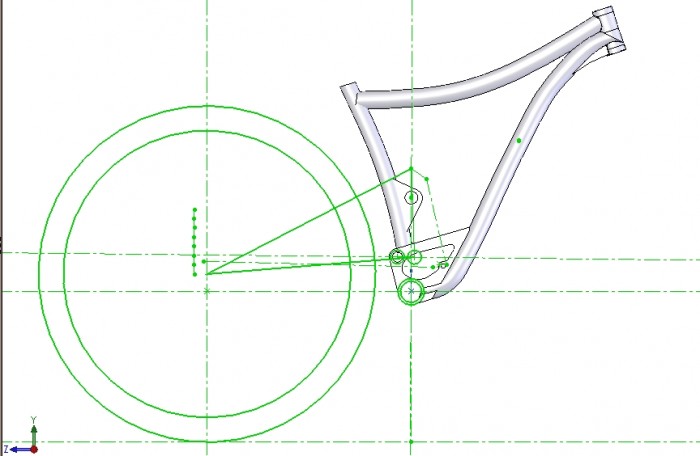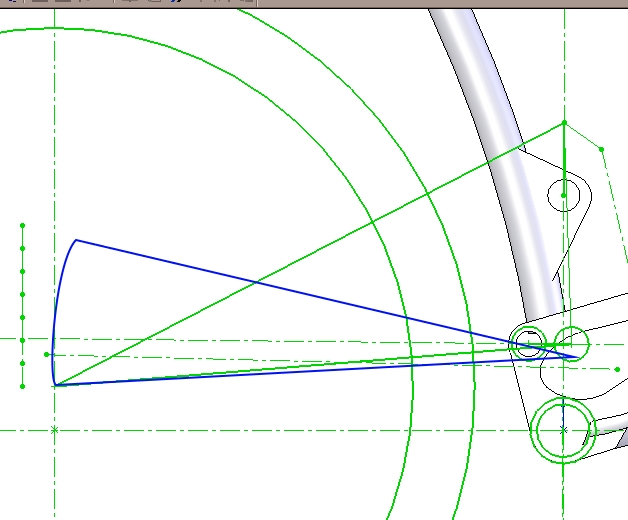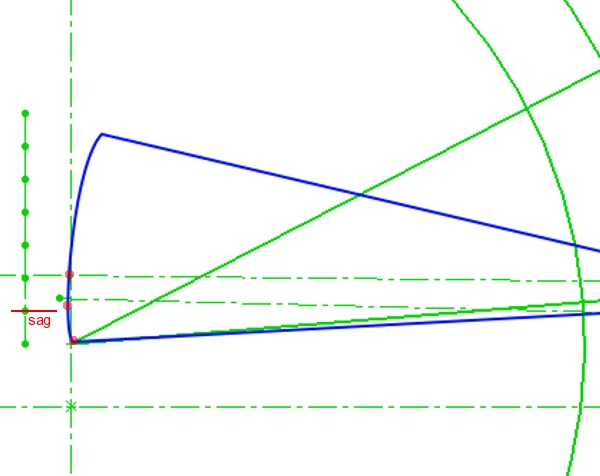That photo’s from Adam Craig’s blog. He just posted about his inaugural Megavalanche race–that insane DH race with an eight-thousand plus foot descent, 350 rider mass start on snow, and genuine chance of dying. A lot of my work involves reading, writing, and patching up code for posts. I end up reading a lot, and Adam’s posts always stand out. You have to like phrases like, “I overtook dozens of people, mostly in a safe manner,” and “a 4m wide ‘road’ made up of fist to lawnmower-sized rocks.” Most professional riders lead incredibly interesting lives, but the ones capable of actually describing those lives are few and far between. Adam’s one of those great riders who can write about it.
Responses are still coming in on the question I’d asked yesterday (How much more you’d pay for a U.S.-made carbon fiber frame?), so I’ll let that one go for while. Suffice to say, though, the majority of respondents have indicated a willingness to pay at least some premium for U.S. fabrication. We’ll see how it develops.
Anyway, Danzig: so I’m thinking the best possible scenario for version 1 is this: 29er, 125-130mm of travel, 17.35-inch chainstays.
Version 2? Well, that’s something else entirely.
I suspect the last time I tried to articulate what was going on with the axle path made little to no sense, so I’ve been meaning to double back to that for some more detail. For starters, here’s the general axle path of Danzig:
Here’s that same deal, only zoomed in and with highlights on the sag line (where the suspension should be when the rider’s weight is on the bike) and dots to emphasize the horizontal orientation of the axle relative to that sag line and a hypothetical straight vertical line. I came damn close to using “vis a vis” instead of “relative to,” but I fought it off there.
What the hell’s all that, then? At this point, most of you probably already know, but let’s wrap it up with a final detailed explanation of chain and axle path tomorrow.







Sorry, the comment form is closed at this time.